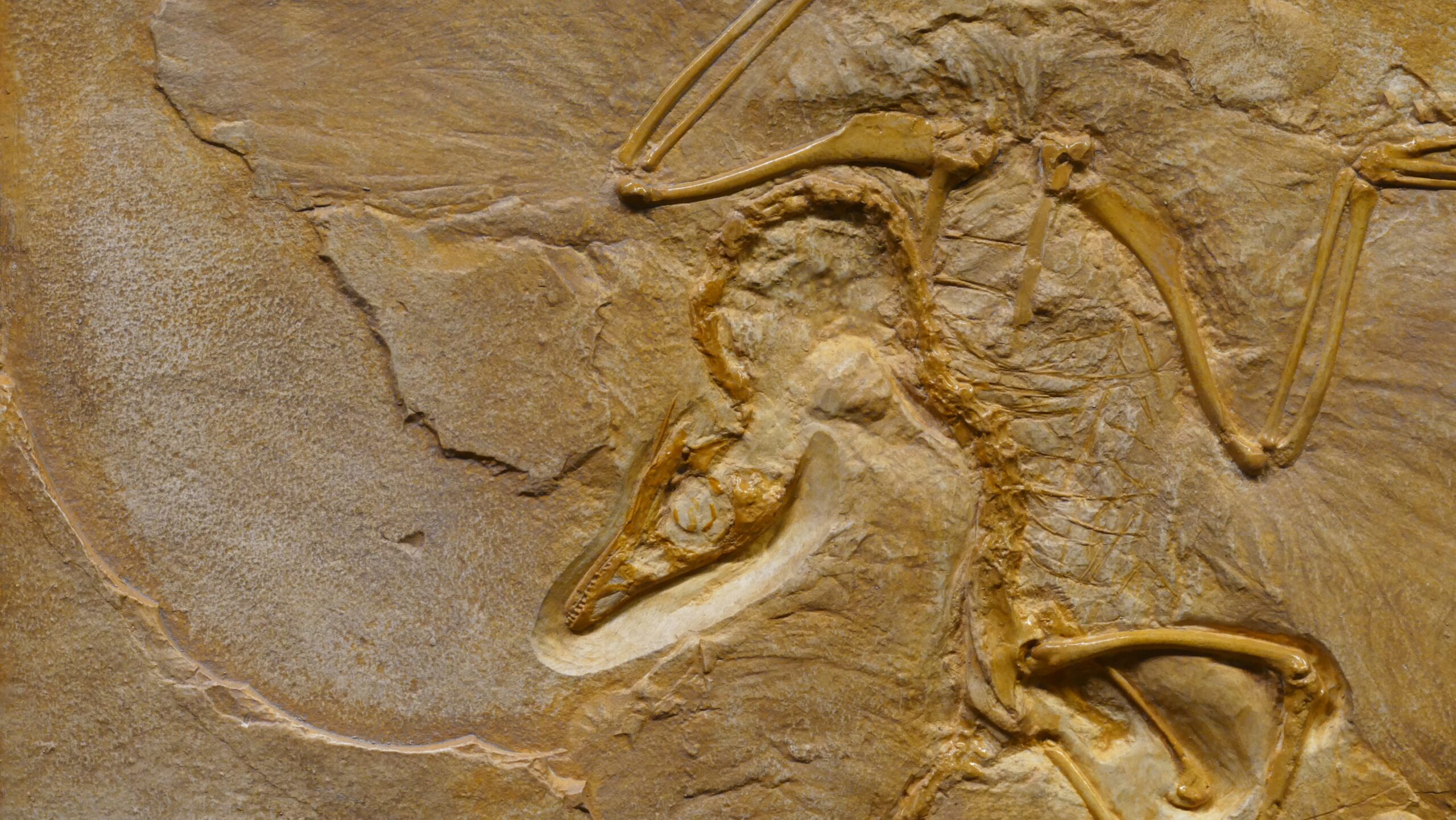Paleogenomics is a interesting field that combines the study of ancient DNA with genomics. It allows scientists to investigate into the past and learn about the evolution, migrations, and adaptations of extinct species, including our own ancestors.
Ancient DNA (aDNA) is DNA extracted from ancient remains like bones, teeth, hair, and mummified tissues. The preservation of aDNA is better in cold and dry environments. Its extraction and sequencing can be done carefully by extracting the fragmented aDNA and using advanced sequencing technologies to piece together the genetic information. Paleogenomic studies analyze the aDNA to understand evolutionary relationships that how different species are related to each other and how they have changed over time. Can also explain the movement of populations across geographical regions. Adaptations is very important as it is understandable, that if we have gotten something remains of past in somewhere. It is clear that species have survived and adapted to the past environments and selective pressures.
Paleogenomics has been used to study Human evolution. Tracing the origins and migrations of early humans, including the relationships between Neanderthals, Denisovans, and modern humans. It has played important in understanding the biology and evolution of mammoths, woolly rhinoceroses, and other extinct animals. Studying the genetic changes that occurred during the domestication of plants and animals. Working with aDNA is challenging due to its degraded nature and the risk of contamination. Scientists use careful methods to ensure the accuracy of their results.
Paleogenomic research raises ethical questions about the handling of ancient remains and the potential for misinterpreting genetic information. Paleogenomics continues to advance with new technologies and discoveries, offering a unique window into the past and contributing to our understanding of life’s history on Earth.

